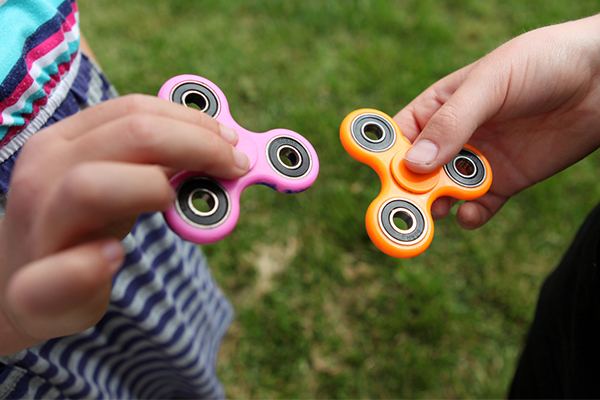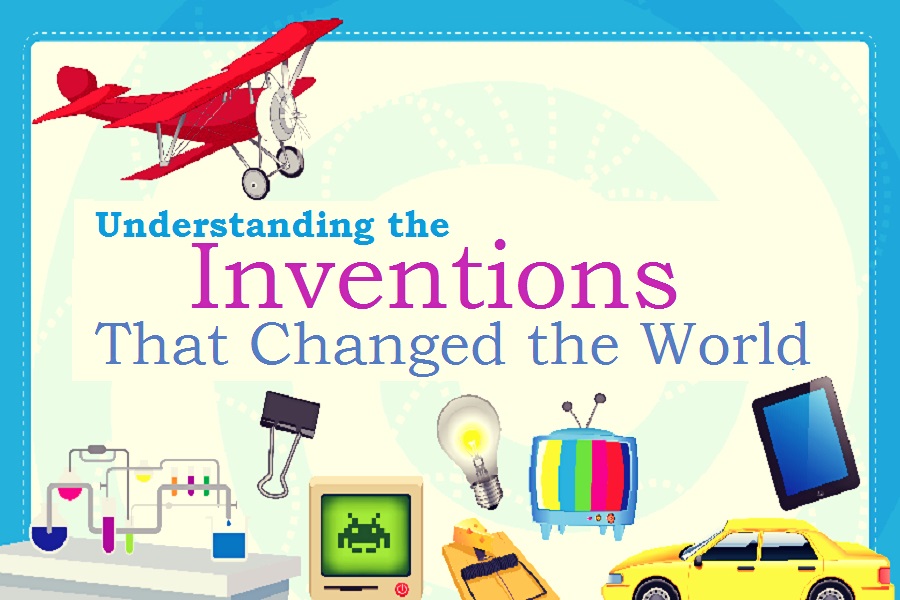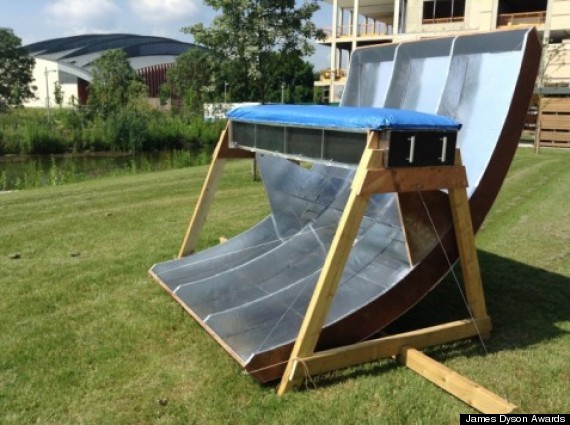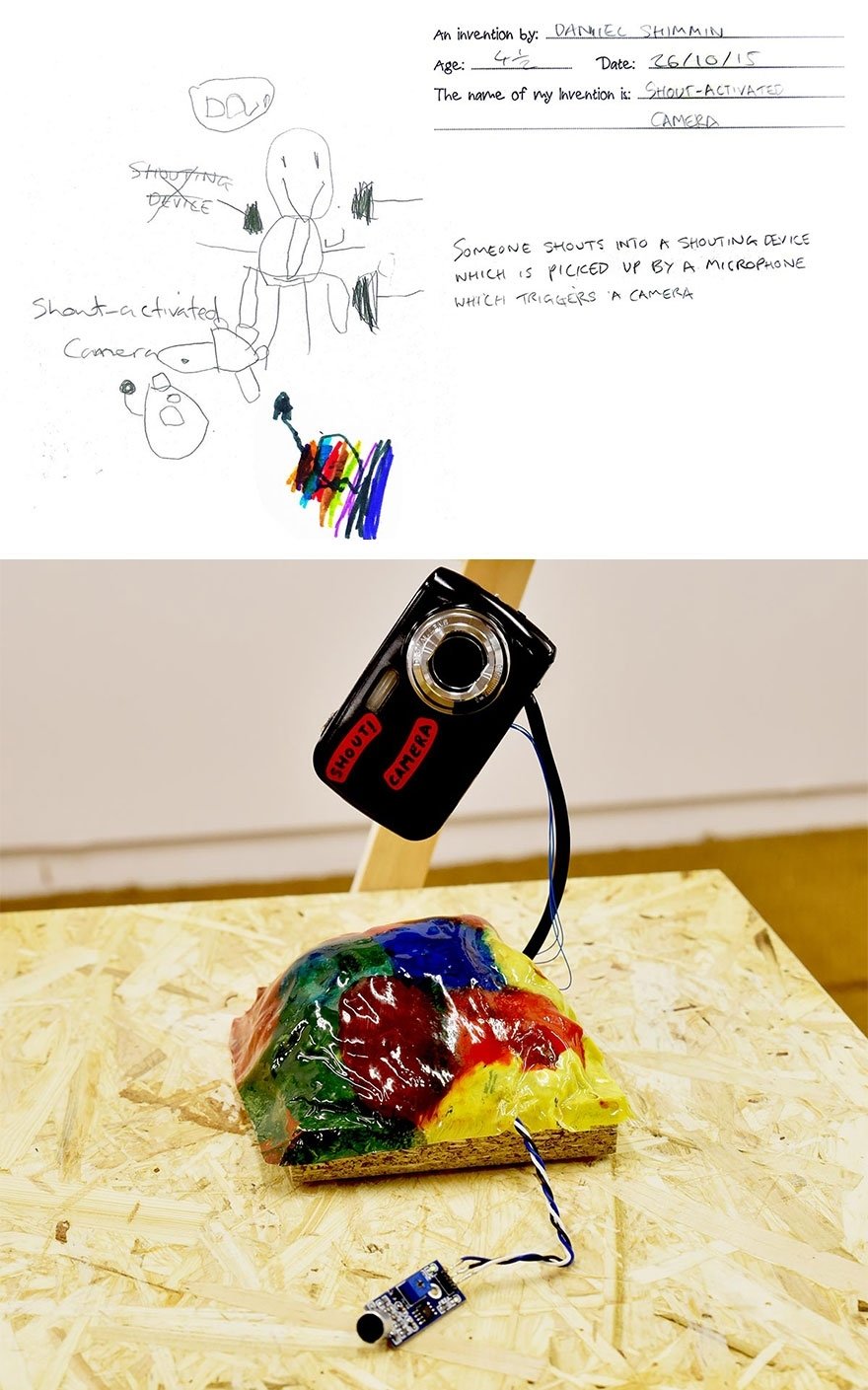What Makes an Invention Truly Groundbreaking?
In the world of innovation, truly groundbreaking inventions are those that transform industries, revolutionize the way we live, and leave a lasting impact on society. These inventions often combine existing technologies in new and creative ways, or solve long-standing problems that have plagued humanity for centuries. They are the result of meticulous research, tireless experimentation, and a deep understanding of the needs and desires of the people they aim to serve.
One of the key characteristics of a groundbreaking invention is its ability to disrupt the status quo and create new markets, industries, or opportunities. The invention of the light bulb, for example, revolutionized the way people lived and worked, and paved the way for the widespread use of electricity in homes and businesses. Similarly, the development of the internet has transformed the way we communicate, access information, and conduct business.
Another important factor in determining whether an invention is truly groundbreaking is its potential to improve people’s lives. Inventions that address pressing social, environmental, or economic challenges have the potential to make a significant impact on society. For instance, the development of vaccines has saved countless lives and eradicated diseases that were once thought incurable. Similarly, the creation of sustainable energy solutions has the potential to reduce our reliance on fossil fuels and mitigate the effects of climate change.
As we look to the future, it’s clear that there are still many areas where innovation is needed. With the rise of emerging technologies like artificial intelligence, biotechnology, and nanotechnology, the possibilities for creating truly groundbreaking inventions are endless. Whether it’s developing new medical treatments, creating sustainable infrastructure, or designing innovative products and services, the potential for innovation is vast and exciting.
So, what are some of the cool invention ideas that haven’t been made yet? What are the challenges and opportunities that lie ahead for inventors and innovators? As we explore these questions, it’s clear that the future of innovation is bright, and that the potential for creating truly groundbreaking inventions is limitless.
Exploring Uncharted Territories: Emerging Trends and Technologies
The world of innovation is constantly evolving, with new trends and technologies emerging all the time. As we look to the future, it’s clear that there are many exciting opportunities for inventors and innovators to make a meaningful impact. In this section, we’ll explore some of the latest advancements in fields like artificial intelligence, biotechnology, and sustainable energy.
Artificial intelligence (AI) is one area that’s seeing rapid growth and development. From virtual assistants like Alexa and Google Home to self-driving cars and personalized medicine, AI is transforming the way we live and work. However, there are still many challenges to overcome, such as ensuring the safety and security of AI systems, and addressing concerns around bias and transparency.
Biotechnology is another field that’s ripe for innovation. With the help of advances in genetic engineering and gene editing, scientists are making breakthroughs in areas like disease treatment and prevention, as well as sustainable agriculture and biofuels. However, there are also concerns around the ethics and regulation of biotechnology, particularly when it comes to human genetic modification.
Sustainable energy is another area where innovation is crucial. As the world grapples with the challenges of climate change, it’s clear that we need to find new and more efficient ways to generate and use energy. From solar and wind power to hydrogen fuel cells and advanced nuclear reactors, there are many exciting developments in the field of sustainable energy.
So, what are some of the cool invention ideas that haven’t been made yet in these fields? How can inventors and innovators use these emerging trends and technologies to create something truly original and impactful? By exploring these questions, we can unlock new possibilities and create a brighter future for all.
Some potential areas for innovation include the development of AI-powered diagnostic tools for healthcare, biotechnology-based solutions for sustainable agriculture, and advanced materials and technologies for sustainable energy. By combining these emerging trends and technologies in new and creative ways, inventors and innovators can create something truly groundbreaking.
As we look to the future, it’s clear that the possibilities for innovation are endless. By exploring emerging trends and technologies, and combining them in new and creative ways, we can unlock new possibilities and create a brighter future for all.
How to Identify Gaps in the Market and Create Something Truly Original
Identifying gaps in the market is a crucial step in creating something truly original and innovative. By understanding the needs and pain points of consumers, inventors can develop solutions that address these gaps and create new opportunities for growth and success.
So, how can you identify gaps in the market? One approach is to conduct market research, gathering data and insights from consumers, industry experts, and market trends. This can help you understand the current landscape and identify areas where existing solutions are inadequate or non-existent.
Another approach is to gather feedback from potential customers and users. This can be done through surveys, focus groups, and other forms of market research. By listening to the needs and concerns of your target audience, you can gain a deeper understanding of the gaps in the market and develop solutions that meet their needs.
Iterating on ideas is also a key part of the invention process. By refining and improving your ideas based on feedback and market research, you can create something truly original and innovative. This may involve prototyping, testing, and refining your ideas multiple times before arriving at a final solution.
Some potential tools and techniques for identifying gaps in the market include:
- Market research reports and industry analyses
- Consumer surveys and focus groups
- Competitor analysis and benchmarking
- Patent and intellectual property research
- Brainstorming and ideation techniques

How to Identify Gaps in the Market and Create Something Truly Original
Identifying gaps in the market is a crucial step in creating something truly original and innovative. By understanding the needs and pain points of consumers, inventors can develop solutions that address these gaps and create new opportunities for growth and success.
So, how can you identify gaps in the market? One approach is to conduct market research, gathering data and insights from consumers, industry experts, and market trends. This can help you understand the current landscape and identify areas where existing solutions are inadequate or non-existent.
Another approach is to gather feedback from potential customers and users. This can be done through surveys, focus groups, and other forms of market research. By listening to the needs and concerns of your target audience, you can gain a deeper understanding of the gaps in the market and develop solutions that meet their needs.
Iterating on ideas is also a key part of the invention process. By refining and improving your ideas based on feedback and market research, you can create something truly original and innovative. This may involve prototyping, testing, and refining your ideas multiple times before arriving at a final solution.
Some potential tools and techniques for identifying gaps in the market include:
- Market research reports and industry analyses
- Consumer surveys and focus groups
- Competitor analysis and benchmarking
- Patent and intellectual property research
- Brainstorming and ideation techniques
By using these tools and techniques, inventors can identify gaps in the market and create something truly original and innovative. Whether it’s a new product, service, or solution, the key is to understand the needs and pain points of consumers and develop solutions that address these gaps.
Some cool invention ideas that haven’t been made yet may involve combining existing technologies in new and creative ways, or solving long-standing problems in innovative and original ways. By identifying gaps in the market and iterating on ideas, inventors can create something truly groundbreaking and make
Revolutionizing Daily Life: Inventions that Could Transform Our Homes and Communities
Imagine a world where your home is a seamless extension of your daily life, where every device and system works together in harmony to make your life easier, more convenient, and more enjoyable. This is the promise of smart home automation systems, which could revolutionize the way we live and interact with our homes.
Advanced water purification technologies are another area where innovation could make a significant impact. With the global water crisis showing no signs of abating, new solutions are needed to provide clean, safe drinking water for millions of people around the world. Inventions like portable water purification systems or advanced filtration technologies could be a game-changer in this area.
Innovative transportation solutions are also an area where cool invention ideas that haven’t been made yet could make a significant impact. With the rise of electric and self-driving vehicles, the possibilities for transforming the way we travel are endless. From hyperloop systems to advanced public transit networks, the potential for innovation in this area is vast.
Other potential inventions that could transform our daily lives include advanced healthcare technologies, such as personalized medicine or robotic surgery systems. These inventions could revolutionize the way we approach healthcare, making it more efficient, effective, and personalized.
Smart cities are another area where innovation could make a significant impact. With the rise of urbanization, cities are facing unprecedented challenges in terms of infrastructure, transportation, and sustainability. Inventions like smart grids, advanced public transit systems, or green infrastructure could help cities become more sustainable, efficient, and livable.
These are just a few examples of the many potential inventions that could transform our daily lives. By combining emerging technologies like AI, biotechnology, and sustainable energy, inventors and innovators could create something truly groundbreaking and make a meaningful impact on society.
Environmental Game-Changers: Inventions that Could Help Save the Planet
The world is facing numerous environmental challenges, from climate change and plastic pollution to deforestation and water scarcity. To address these issues, we need innovative solutions that can help reduce our impact on the planet and promote sustainability. In this section, we’ll explore some cool invention ideas that haven’t been made yet, but could make a significant difference in the fight against environmental degradation.
One area where innovation is needed is in the field of renewable energy. While solar and wind power have made significant strides in recent years, there is still a need for more efficient and cost-effective solutions. Inventions like advanced solar panels, tidal power turbines, or bio-energy systems could help reduce our reliance on fossil fuels and lower greenhouse gas emissions.
Another area where innovation could make a significant impact is in the field of sustainable materials. With the rise of single-use plastics, the world is facing a plastic pollution crisis that threatens the health of our oceans and wildlife. Inventions like biodegradable plastics, recycled materials, or sustainable packaging solutions could help reduce waste and promote a more circular economy.
Climate change is another pressing environmental issue that requires innovative solutions. Inventions like carbon capture technologies, climate-resilient infrastructure, or advanced weather forecasting systems could help mitigate the effects of climate change and promote a more sustainable future.
Deforestation is another environmental issue that requires attention. Inventions like sustainable forestry practices, reforestation technologies, or advanced land-use planning systems could help preserve the world’s forests and promote biodiversity.
These are just a few examples of the many environmental challenges that require innovative solutions. By combining emerging technologies like AI, biotechnology, and sustainable energy, inventors and innovators could create something truly groundbreaking and make a meaningful impact on the planet.
Sustainable innovation is not just about creating new technologies, but also about promoting a more sustainable way of life. By adopting sustainable practices, reducing waste, and promoting eco-friendly products, we can all play a role in protecting the planet and promoting a more sustainable future.
From Concept to Reality: Overcoming the Challenges of Bringing a New Invention to Life
Transforming a novel idea into a tangible, functional invention is a complex process that requires perseverance, creativity, and strategic planning. Despite the excitement and potential of cool invention ideas that haven’t been made, many innovators struggle to overcome the obstacles that stand between their concept and its realization. To successfully navigate this challenging journey, it is essential to understand the common hurdles that inventors face and develop effective strategies to overcome them.
One of the primary challenges that inventors encounter is securing funding to support the development and prototyping of their idea. This can be a daunting task, especially for those without an established track record of innovation or a robust network of investors. To address this challenge, inventors can explore alternative funding options, such as crowdfunding, grants, or partnerships with organizations that share their vision. Additionally, they can focus on creating a robust business plan, complete with a detailed budget, market analysis, and revenue projections, to demonstrate the viability of their invention to potential investors.
Another significant obstacle that inventors face is the process of prototyping and testing their invention. This can be a time-consuming and costly endeavor, requiring significant resources and expertise. To overcome this challenge, inventors can leverage emerging technologies, such as 3D printing and computer-aided design (CAD) software, to create rapid prototypes and test their invention in a virtual environment. They can also collaborate with experts from various fields, including engineering, design, and materials science, to gain valuable insights and feedback on their invention.
Regulatory hurdles can also pose a significant challenge for inventors, particularly those working in highly regulated industries, such as healthcare or finance. To navigate these complexities, inventors can engage with regulatory experts, attend industry conferences, and participate in online forums to stay informed about the latest developments and requirements. They can also develop a comprehensive regulatory strategy, complete with a detailed risk assessment and compliance plan, to ensure that their invention meets all relevant standards and regulations.
Finally, inventors must be prepared to iterate and refine their invention based on feedback from users, experts, and the market. This requires a willingness to adapt and evolve, as well as a commitment to continuous learning and improvement. By embracing a culture of innovation and experimentation, inventors can create cool invention ideas that haven’t been made, and bring them to life in a way that is both impactful and sustainable.
By understanding the challenges that inventors face and developing effective strategies to overcome them, individuals with novel ideas can turn their concepts into reality and create innovative solutions that transform industries and societies. Whether it is a revolutionary new product, a game-changing service, or a groundbreaking technology, the possibilities are endless for those who are willing to take the leap and bring their cool invention ideas to life.
Join the Ranks of Visionary Inventors: Turning Your Ideas into Reality
With the vast array of emerging trends and technologies available, the possibilities for creating cool invention ideas that haven’t been made are endless. By embracing a culture of innovation and experimentation, individuals can turn their concepts into reality and make a meaningful impact on the world. Whether it’s a revolutionary new product, a game-changing service, or a groundbreaking technology, the potential for innovation is vast and waiting to be tapped.
To get started on the journey to creating something truly innovative, it’s essential to cultivate a mindset of creativity and curiosity. This involves staying up-to-date with the latest advancements in various fields, attending industry conferences, and engaging with experts from diverse backgrounds. By doing so, individuals can gain valuable insights and inspiration to help them identify areas where innovation is needed and opportunities to make a meaningful impact.
Conducting market research and gathering feedback from potential users is also crucial in the invention process. This involves identifying gaps in the market, understanding the needs and pain points of customers, and iterating on ideas based on feedback and testing. By taking a user-centric approach, inventors can create solutions that are tailored to the needs of their target audience and have a higher chance of success.
In addition to these strategies, it’s essential to have access to the right resources and tools to bring an invention to life. This may include funding, mentorship, and networking opportunities. By leveraging these resources, inventors can overcome common obstacles and stay focused on their goals. Furthermore, joining online communities and forums dedicated to innovation and entrepreneurship can provide valuable support and guidance throughout the invention process.
Ultimately, creating something truly innovative requires dedication, perseverance, and a willingness to take risks. By embracing these qualities and staying committed to their vision, individuals can turn their cool invention ideas into reality and make a lasting impact on the world. Whether it’s a small improvement to an existing product or a revolutionary new technology, every innovation has the potential to transform industries and societies.
So, what are you waiting for? Take the first step towards turning your ideas into reality and join the ranks of visionary inventors who are shaping the future. With the right mindset, resources, and support, you can create something truly innovative and make a meaningful impact on the world. The possibilities are endless, and the future is waiting to be invented.







